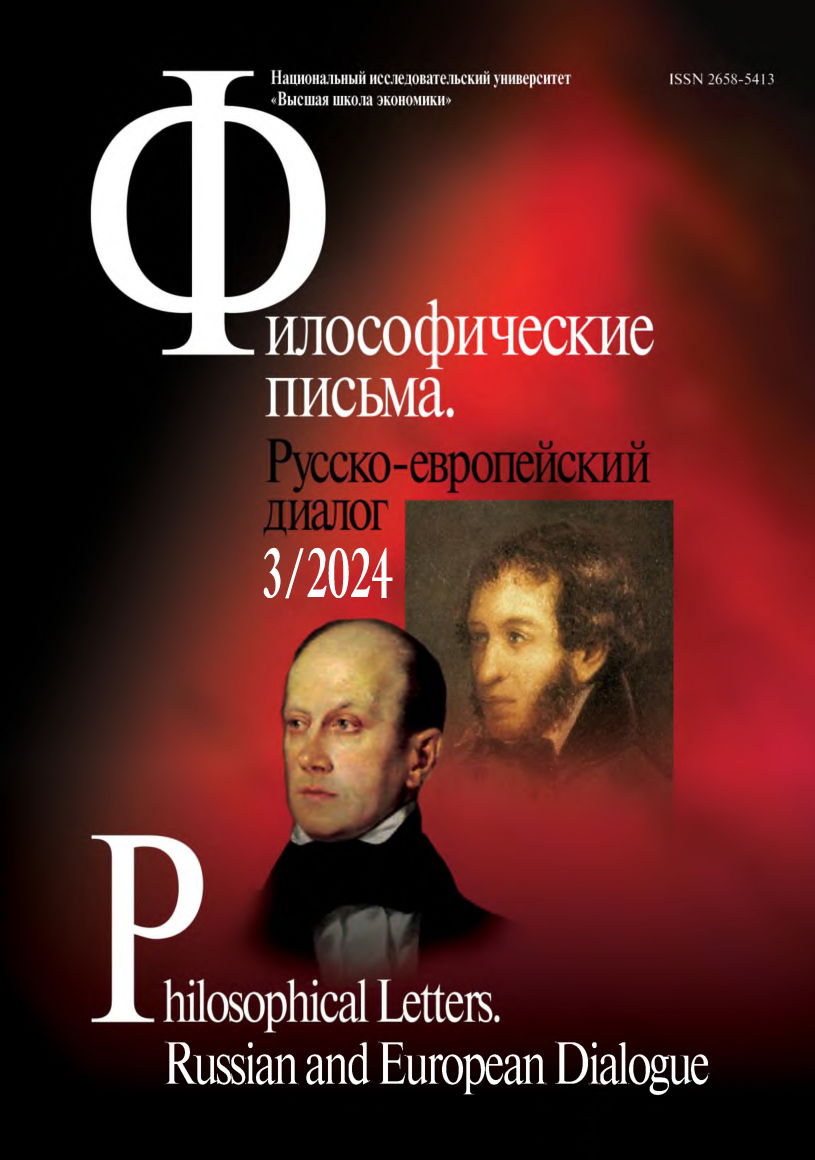Мышление в образах. Мысль и образ в теории символических форм Панофского и Флоренского
Аннотация
Значительная философская традиция делает воображение одной из главных способностей философии, а образы — основным средством метафизического познания. Если в западноевропейской мысли, начиная с Контрреформации, существовало забвение воображаемого, то на христианском Востоке образ в виде икон продолжал символизировать божественную реальность и в то же время обозначать границу чувственного с ним. Платоновская традиция символического образа усиленно возрождается в эстетической и богословской мысли Флоренского, чьи наблюдения и герменевтические анализы, содержащиеся в книгах «Иконостас» и «Обратная перспектива», предполагали концепцию мышления и духовной жизни, тесно связанную с пространственностью и образами. На фоне этой концепции он разрабатывает эстетику Иконы и живописного изображения как символа невидимого метафизического измерения Бытия и отношения, в котором субъект с ним находится. Параллельно герменевтике линейной перспективы Флоренского, развивавшейся на основе философем платоническо-христианского происхождения, в 1920-е годы была разработана другая, параллельная и самостоятельная, основанная на неокантианских концептуальных предпосылках, что привело к публикации «Перспективы как символической формы» Э. Панофского. Хотя на первый взгляд обе точки зрения кажутся трудными для примирения, учиты- вая резкую критику, направленную Флоренским в адрес неокантианства марбургской школы, в этой статье мы покажем, что они приходят к результатам поразительного сходства, хотя и представляют собой непримиримые разли- чия в основополагающих предпосылках их мышления.

